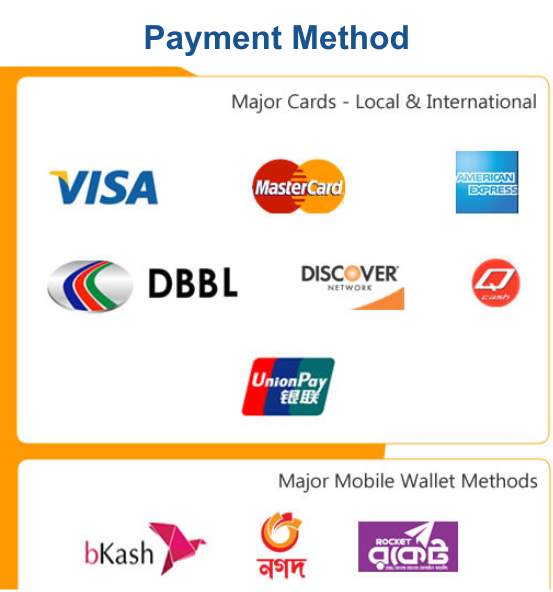IELTS Writing Improvement: Tips and Tricks for Success
The IELTS Writing section is often perceived as one of the most challenging parts of the exam. However, with consistent practice and the right strategies, you can significantly improve your writing skills and achieve your desired band score. In this comprehensive guide, we will explore a range of tips and tricks to help you excel in both Task 1 and Task 2 of the IELTS Writing test.
I. General Tips for IELTS Writing Improvement
- Understand the Assessment Criteria: Before you begin your preparation, it is crucial to understand the assessment criteria used by the examiners. Familiarize yourself with the four key areas: Task Achievement (Task 1), Task Response (Task 2), Coherence and Cohesion, Lexical Resource, and Grammatical Range and Accuracy. Understanding these criteria will help you tailor your writing to meet the expectations of the examiners.
- Develop a Strong Foundation in Grammar and Vocabulary: A solid foundation in grammar and vocabulary is essential for effective writing. Brush up on your grammar rules, practice using a variety of sentence structures, and expand your vocabulary. Use reliable grammar and vocabulary resources, and make a conscious effort to incorporate new words and phrases into your writing.
- Practice Regularly: Consistent practice is key to improving your writing skills. Aim to write at least two or three essays per week, focusing on both Task 1 and Task 2. Get feedback from a qualified teacher or tutor, and use their suggestions to refine your writing.
- Time Management: Effective time management is crucial in the IELTS Writing test. Allocate your time wisely, ensuring that you have enough time to complete both tasks. Practice writing under timed conditions to get comfortable with the time constraints.
- Proofreading and Editing: Always leave a few minutes at the end of each task to proofread and edit your work. Check for spelling errors, grammatical mistakes, and inconsistencies in your writing.
II. Task 1: Tips and Tricks
- Analyze the Visual Information Carefully: Take a few minutes to carefully analyze the visual information provided, whether it’s a graph, chart, table, or diagram. Identify the key trends, patterns, and comparisons.
- Plan Your Response: Create a clear and concise plan before you start writing. Decide on the main points you want to include and the order in which you will present them.
- Use a Variety of Sentence Structures: Avoid using the same sentence structures repeatedly. Incorporate a mix of simple, compound, and complex sentences to demonstrate your grammatical range.
- Include Data and Comparisons: Support your main points with relevant data and comparisons from the visual information. Use appropriate vocabulary to describe trends, changes, and proportions.
- Paraphrase the Question: Avoid simply copying the question prompt in your introduction. Paraphrase the question using your own words to demonstrate your understanding.
III. Task 2: Tips and Tricks
- Analyze the Question Carefully: Take the time to fully understand the question prompt and identify the key points you need to address. Pay attention to the type of essay required (e.g., argumentative, discussion, or problem-solution).
- Brainstorm Ideas: Before you start writing, brainstorm ideas and arguments related to the topic. Organize your thoughts into a logical structure.
- Develop a Clear Thesis Statement: Your thesis statement should clearly state your main argument or position on the topic. Make sure it is concise and relevant to the question prompt.
- Support Your Arguments with Evidence: Provide relevant examples, facts, or statistics to support your arguments. This will strengthen your essay and demonstrate your critical thinking skills.
- Use Linking Words and Phrases: Use a variety of linking words and phrases to connect your ideas and create a cohesive essay. This will improve the flow and readability of your writing.
- Address All Parts of the Question: Make sure you address all parts of the question prompt. Failing to do so will negatively impact your Task Response score.
- Conclude Effectively: Summarize your main points and restate your thesis statement in your conclusion. Avoid introducing new ideas or arguments in the conclusion.
IV. Additional Tips and Tricks
- Read Sample Essays: Analyze high-scoring sample essays to understand the writing style and structure expected in the IELTS Writing test.
- Seek Feedback: Get feedback from a qualified teacher or tutor to identify areas for improvement in your writing.
- Use Online Resources: Utilize online resources such as practice tests, sample questions, and writing tips to enhance your preparation.
- Stay Motivated: Improving your writing skills takes time and effort. Stay motivated and celebrate your progress along the way.
Conclusion
Improving your IELTS writing skills requires dedication, practice, and the right strategies. By following the tips and tricks outlined in this guide, you can enhance your writing abilities and achieve your desired band score. Remember to focus on understanding the assessment criteria, developing a strong foundation in grammar and vocabulary, practicing regularly, and managing your time effectively. With consistent effort and the right approach, you can succeed in the IELTS Writing test and open doors to new opportunities.
Remember, the key to success in the IELTS Writing test is not just about memorizing grammar rules and vocabulary. It’s about developing the ability to express your ideas clearly, coherently, and persuasively. So, practice regularly, seek feedback, and stay motivated. With dedication and the right strategies, you can achieve your IELTS writing goals and unlock a world of possibilities.


